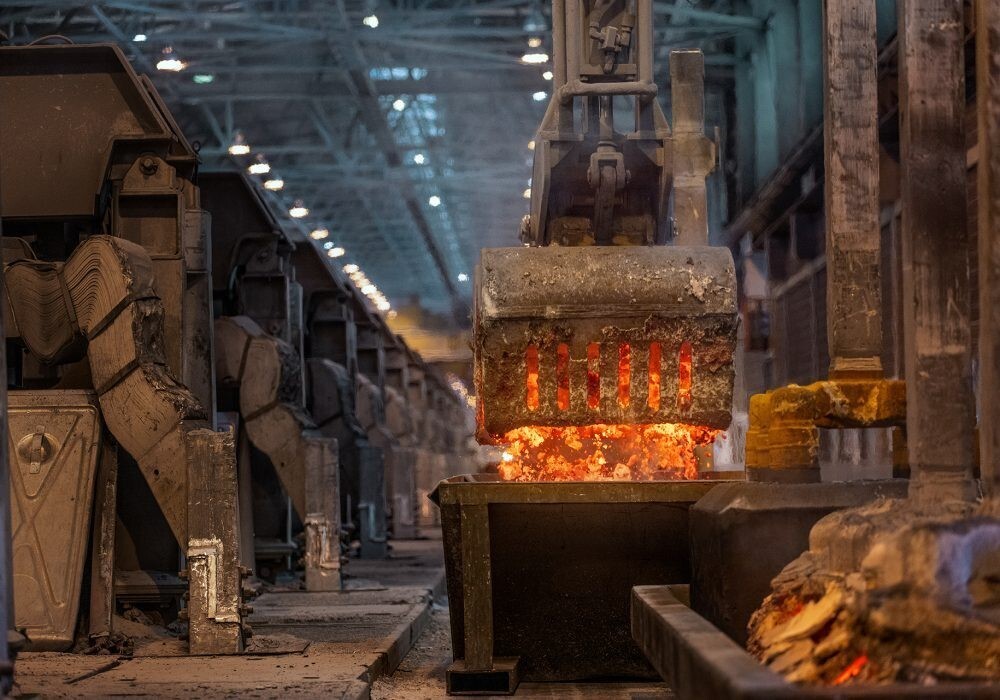

Jerome Dozol, the chief executive of Tomago Aluminium since July, has recently contradicted the possibility of achieving the venture's agenda to switching to a primarily clean power supply subsequently this decade, citing that the pricing of the energy on offer was too hefty for the Tomago smelter near Newcastle (Australia) to continue operations without government aid. He has asked for 'urgent action' to ensure uninterrupted operations at the specified plant. The existing electricity supply contract to the smelting facility, which employs more than 1000 people, is with AGL Energy and expires at the end of 2028.

Image Source: https://www.tomago.com.au/
Tomago conducted a comprehensive sounding of the electricity supply market this year with the goal of positively replacing the AGL contract with renewable energy. However, as it narrowed down 24 suppliers of wind, solar and battery-stored power, the enterprise realised that there would not be sufficient renewable energy and infrastructure to meet the plant's target of 50 per cent renewable energy by 2030. But, it still may be possible to go all renewables by 2035, counting on affordable pricing.
"The price of electricity on offer is too expensive for us to keep operating without government intervention," said French-born Mr Dozol, who has joined Tomago after serving Rio Tinto for 18 years, the majority owner of the Newcastle smelter, adding, "We need the government to help bridge the gap until the price for renewable energy becomes more affordable, or until global carbon pricing is recognised in the aluminium price."
Being the largest electricity consumer in the country, the venture, whose shareholders comprise CSR and Hydro Aluminium, is also the nation's biggest aluminium producer, with a cumulative output of about 590,000 tonnes a year. Running around the clock, the plant uses about 10 per cent of New South Wales' (NSW's) power supply and contributes AU$2.2 billion on average to the nation's economy.
Besides, another major shareholder, Rio Tinto, has also commended the federal government for offering manufacturing credits to local smelters, cautioning that it will fail to operate actively in its Queensland and NSW plants beyond 2030 if they are not converted to clean energy.
A primary deal with the Queensland government to secure the future of another Rio smelter in Boyne also hinges on additional federal support.
"Tomago's difficulties in sourcing round-the-clock clean and reliable power are reflected across the country in the energy-intensive industry as it looks towards 2030 when Australia is targeting 82 per cent renewable energy within its electricity supply," said Andrew Richards, chief executive of the Energy Users Association of Australia. The body represents manufacturers such as BlueScope Steel and packaging group Visy as well as Tomago.
"There are obviously near-term issues around supply constraints … which have slowed down the deployment of renewables," Mr Richards said. However, he said the challenges went much further in terms of the difficulty of weather-dependent renewable energy suppliers fulfilling the demand load from existing industries and newer developing sectors such as data centres.
Evidently, the next five years are critical for the aluminium sector as it aims to stay ahead in the competition from suppliers in other countries with lower energy costs, said Marghanita Johnson from the Australian Aluminium Council, adding that there was difficulty in reducing emissions at an operation the size of Tomago, but at the same time, it was also the biggest scope for decarbonisation.
Nevertheless, Mr Dozol is optimistic and shared that there were 'great signs' that governments recognised the problem and the advantages to communities and the economy of providing interim aid to sustain a regional aluminium sector.
Responses








